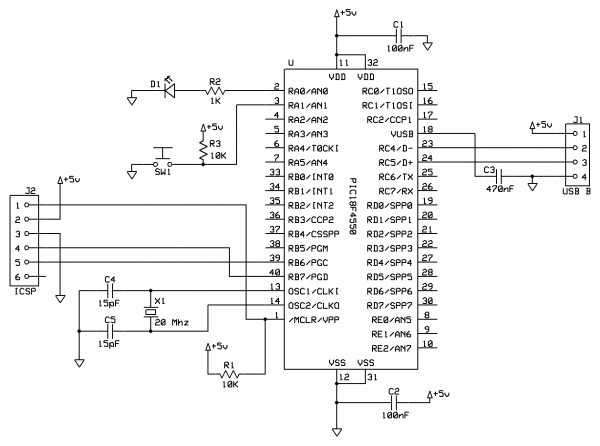
A simple random number generator using 8051 microcontroller. AT89S51 is the controller used here

A simple random number generator utilizing the 8051 microcontroller. The AT89S51 is the controller employed in this setup.
The circuit design for the random number generator based on the AT89S51 microcontroller involves several essential components and connections. The AT89S51 microcontroller, which is an 8-bit microcontroller from the 8051 family, serves as the core processing unit for generating random numbers.
The circuit typically includes a power supply, which provides the necessary voltage (usually 5V) to the microcontroller. A crystal oscillator, usually at a frequency of 11.0592 MHz, is connected to the microcontroller to establish the clock signal, ensuring the microcontroller operates efficiently.
Input peripherals, such as push buttons, can be included to trigger the random number generation process. These buttons are connected to the GPIO pins of the microcontroller, allowing user interaction. The output can be displayed on a 7-segment display or an LCD module, which are also interfaced with the microcontroller. The choice of output device depends on the design requirements and available components.
The program loaded into the AT89S51 microcontroller utilizes a pseudo-random number generation algorithm, such as the Linear Congruential Generator (LCG) or a similar method. This algorithm generates a sequence of numbers that approximates the properties of random numbers. The generated random number can then be processed further or displayed on the output device.
In summary, the random number generator circuit using the AT89S51 microcontroller is a straightforward yet effective project that illustrates the application of microcontrollers in generating random values, demonstrating both hardware and software integration in electronic design.Simple random number generator using 8051 microcontroller. AT89S51 is the controller used here.. 🔗 External reference
The circuit design for the random number generator based on the AT89S51 microcontroller involves several essential components and connections. The AT89S51 microcontroller, which is an 8-bit microcontroller from the 8051 family, serves as the core processing unit for generating random numbers.
The circuit typically includes a power supply, which provides the necessary voltage (usually 5V) to the microcontroller. A crystal oscillator, usually at a frequency of 11.0592 MHz, is connected to the microcontroller to establish the clock signal, ensuring the microcontroller operates efficiently.
Input peripherals, such as push buttons, can be included to trigger the random number generation process. These buttons are connected to the GPIO pins of the microcontroller, allowing user interaction. The output can be displayed on a 7-segment display or an LCD module, which are also interfaced with the microcontroller. The choice of output device depends on the design requirements and available components.
The program loaded into the AT89S51 microcontroller utilizes a pseudo-random number generation algorithm, such as the Linear Congruential Generator (LCG) or a similar method. This algorithm generates a sequence of numbers that approximates the properties of random numbers. The generated random number can then be processed further or displayed on the output device.
In summary, the random number generator circuit using the AT89S51 microcontroller is a straightforward yet effective project that illustrates the application of microcontrollers in generating random values, demonstrating both hardware and software integration in electronic design.Simple random number generator using 8051 microcontroller. AT89S51 is the controller used here.. 🔗 External reference





